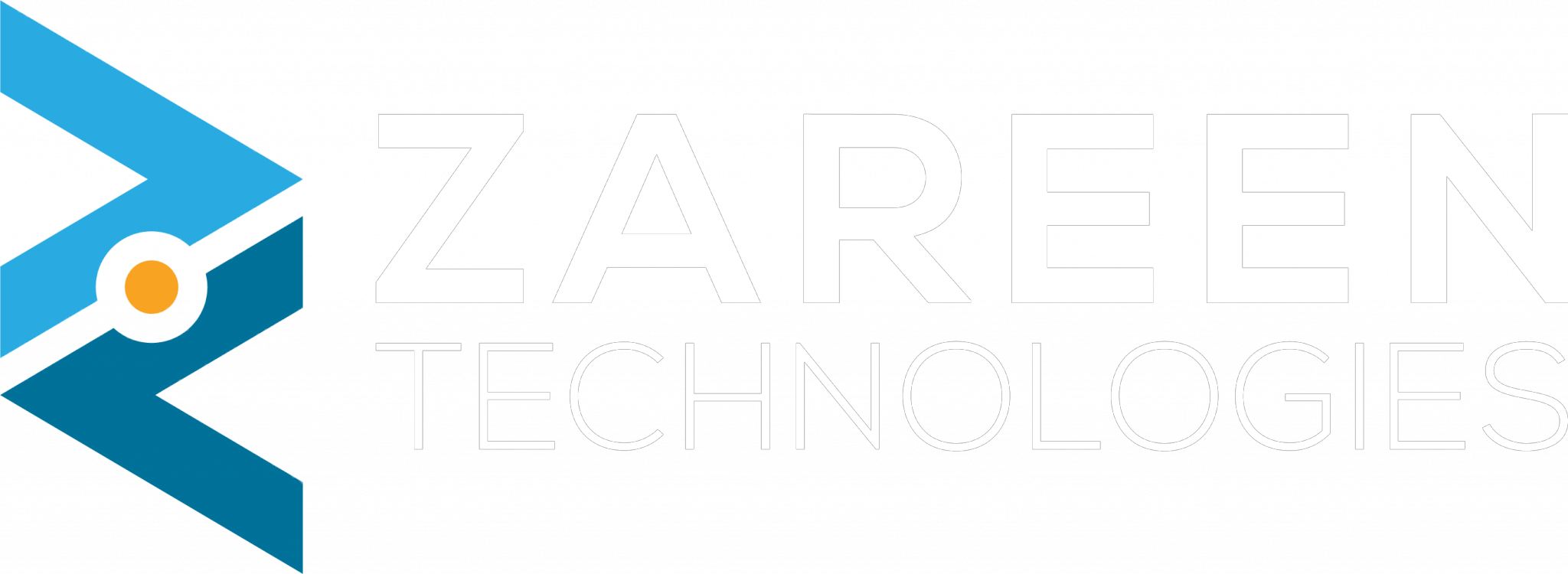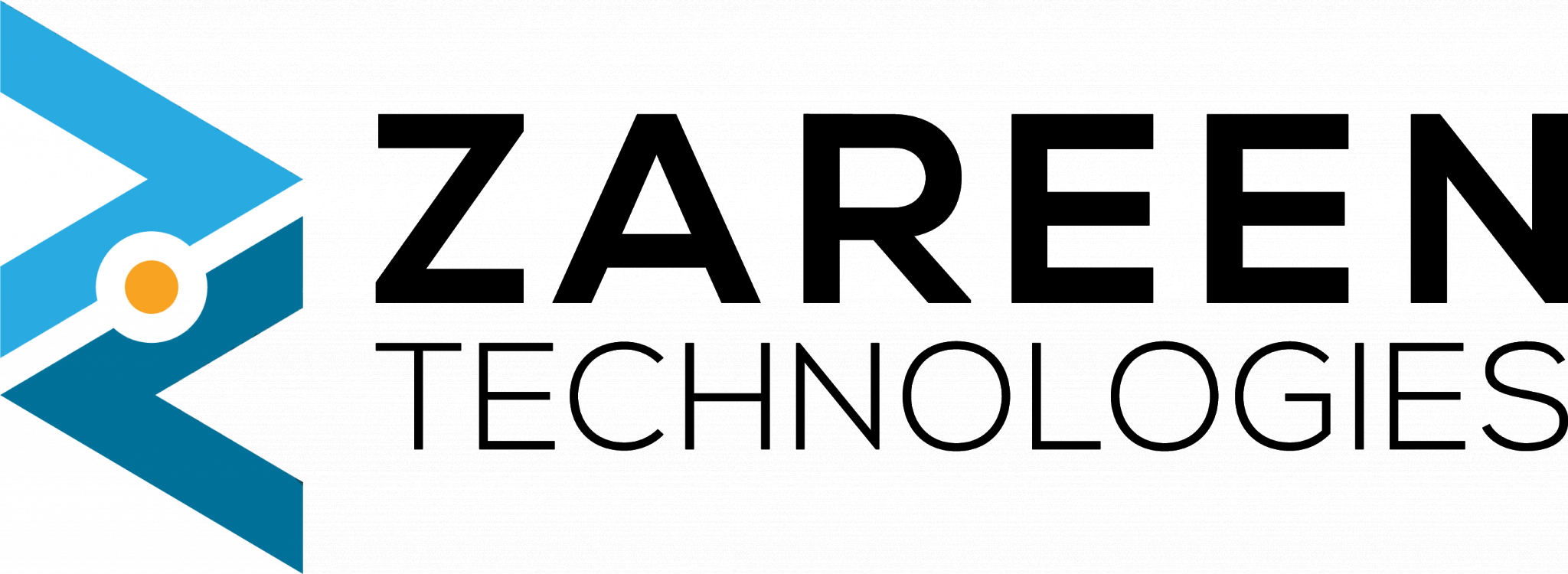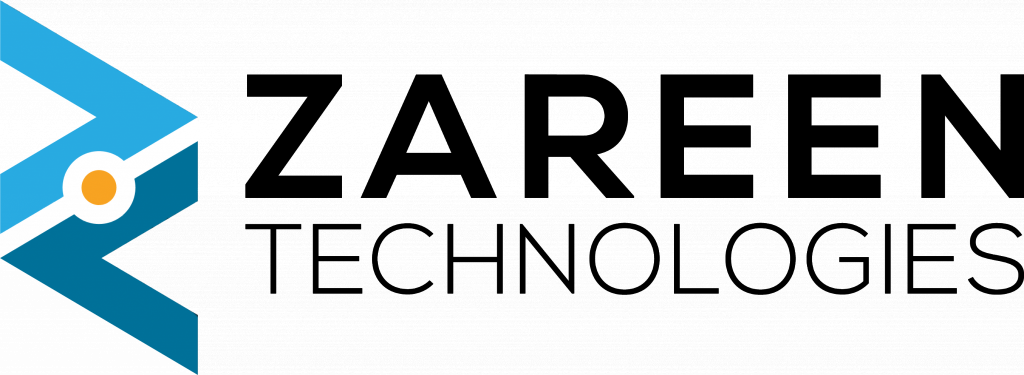Employment Type: Full-Time
At [Your Company Name], we’re passionate about harnessing the power of AI to drive innovative solutions.
Employment Type: Full-Time
At [Your Company Name], we’re passionate about harnessing the power of AI to drive innovative solutions.
Employment Type: Full-Time
At [Your Company Name], we’re passionate about harnessing the power of AI to drive innovative solutions.


